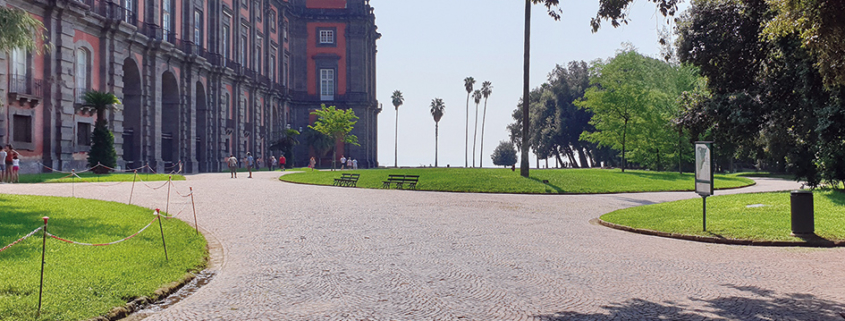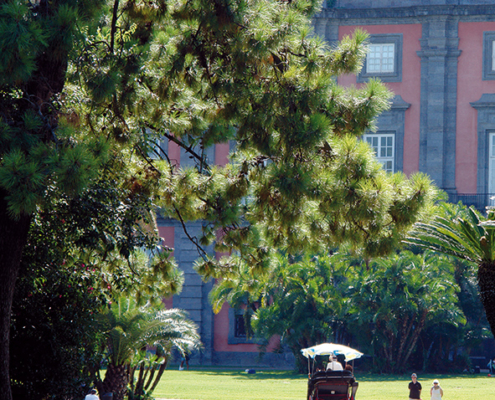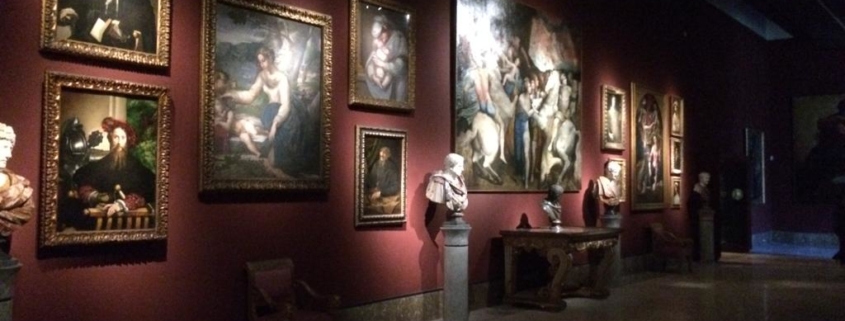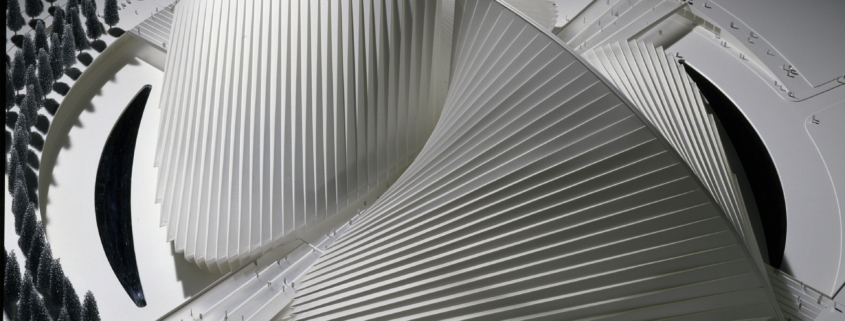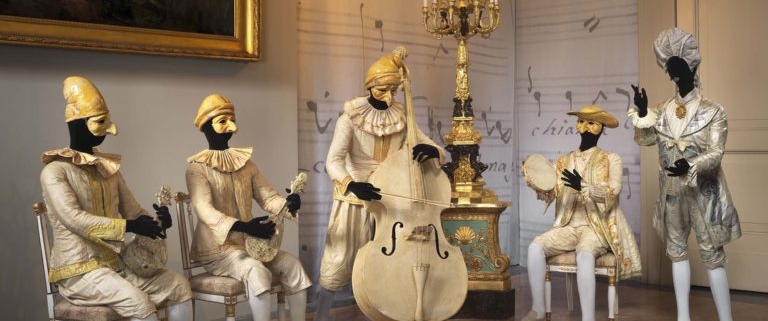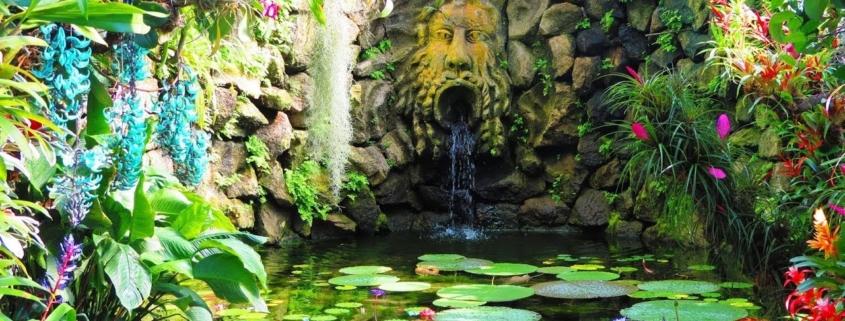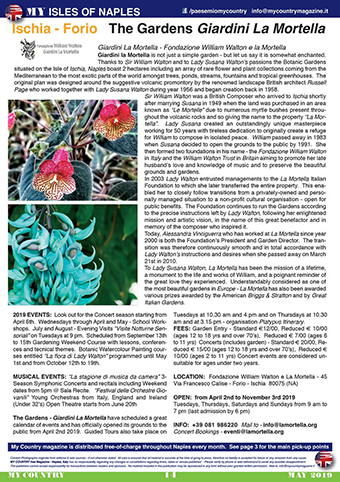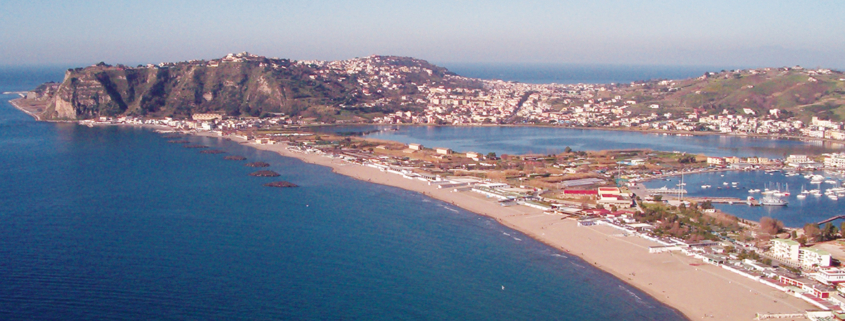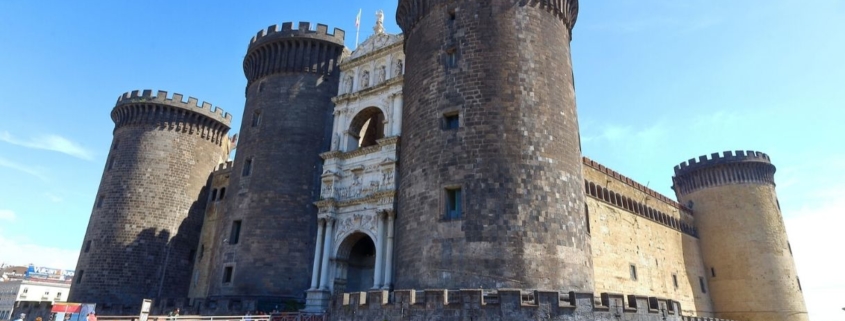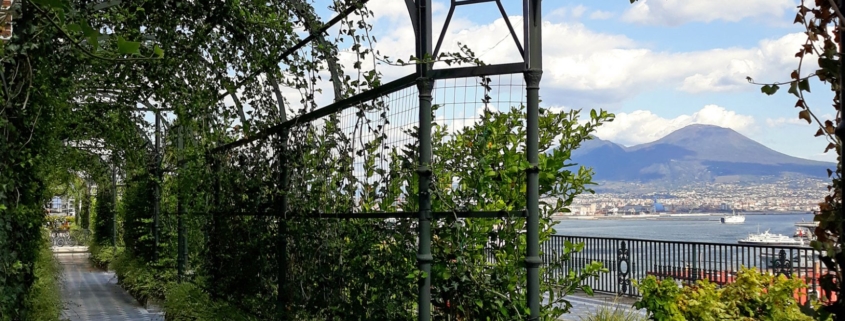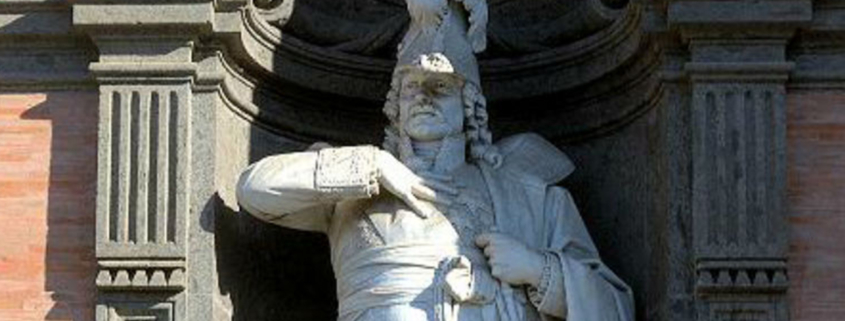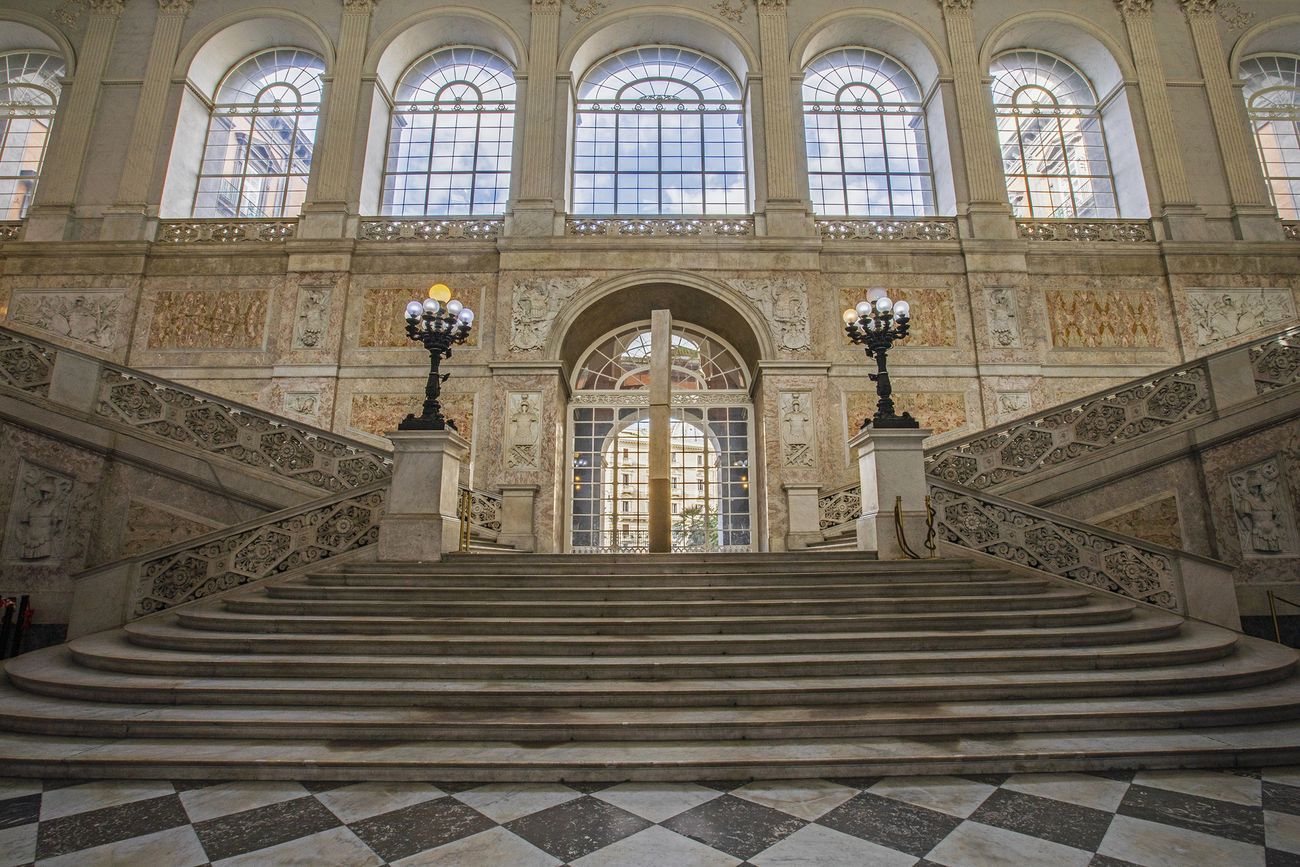POZZUOLI
PARCO IN MASCHERA
Simbolo, espressione, creatività nell’estate dei Campi Flegrei
Symbol, expression and creativity throughout the Summer Phlegraean Fields
JULY 31st to SEPTEMBER 27th 2020
Parco archeologico dei Campi Flegrei
All events require prior reservations online: www.pafleg.it
FRIDAY AUGUST 7th – 6 pm
DANCE: Cielo… nea gynaika
@ Parco archeologico di Cuma
Choreographers: Emma Cianchi, Antonio Colandrea, Elena D’Aguanno, Macia del Prete, Nicolas Grimaldi, Claudio Malangone
Powered by Art Garage
August 7th/8th, SEPTEMBER 25th/26th
MUSIC: Overtures di luci e suoni al Macellum
@ Tempio di Serapide (Macellum di Pozzuoli)
Powered by ATI Macellum (Terra dei Miti, ApoRema, Graficamente, Amartea)
TUESDAY AUGUST 11th – 7 pm
LITERATURE: Il Lavoro dello Spirito
@ Museo archeologico dei Campi Flegrei nel Castello di Baia
Book presentation with the author Massimo Cacciari and philosopher Nicola Magliulo. Free admission.
Powered by Associazione SFERA
TUESDAY AUGUST 25th to 27th – 5 pm
THEATRE: Teatro spiritico: Avernus
@ Lago d’Averno – Tempio di Apollo/Masseria Sardo
Theatrical acts with: Lina Salvatore, Michele Monetta, Antonello Paliotti
Accademia Mediterranea Mimo Dramma, Gianni Garrera
August 25th Atto I – L’evocazione delle ombre – Odissea, Libro XI
August 26th Atto II – Alba:discesa agli Inferi – Odissea, Libro VI
August 27th Atto III – Virgilio Mago, Matilde Serao – Georgiche, Libro IV
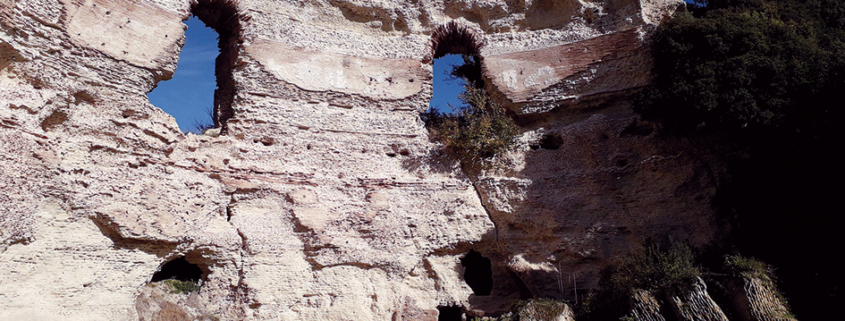
PHOTO: Tempio di Apollo – Lago d’Averno. Refreshments by Masseria Sardo – Powered by ICRA Project
SATURDAY SEPTEMBER 5th – 6 pm
DANCE: Ipazia – Atlete Invenzione
@ Anfiteatro Flavio di Pozzuoli – 6 pm
Choreography: Laura Matano
Powered by Art Garage
SUNDAY SEPTEMBER 6th – 6 pm
MUSIC: Il Canto Sublime @ Anfiteatro Flavio di Pozzuoli – 6 pm
Ensemble Barocco Accademia Reale directed by Giovanni Borrelli
Powered by Associazione Accademia Reale
Source: © My Country magazine
August 2020 (page 13)


